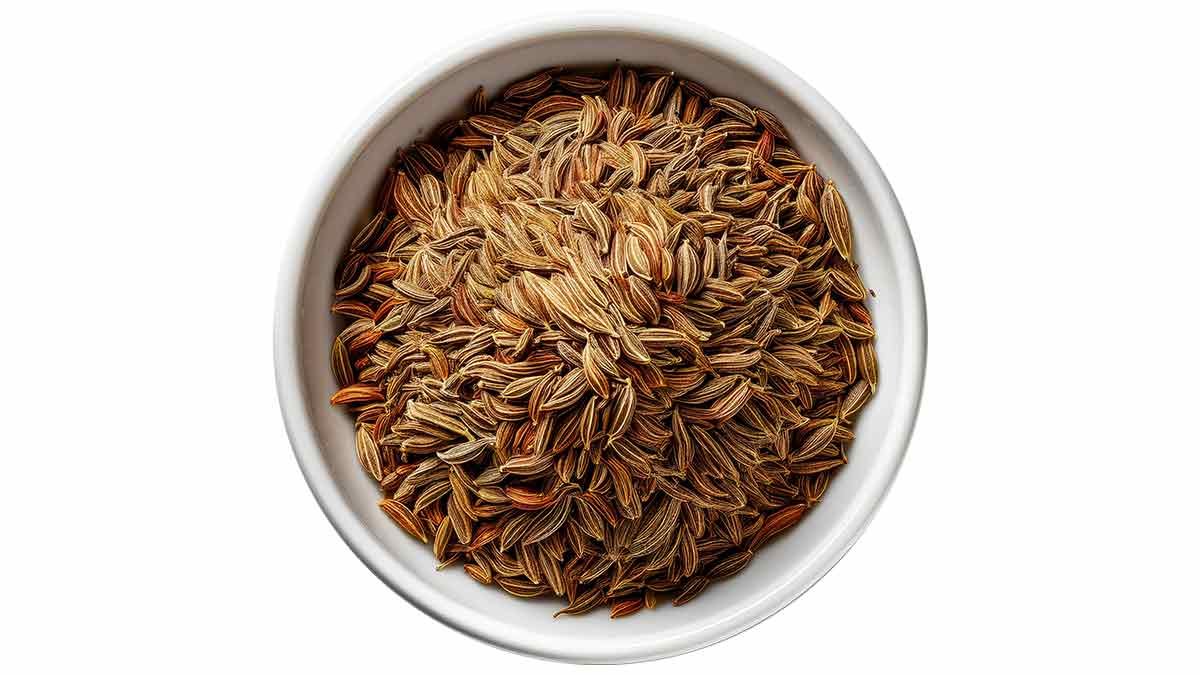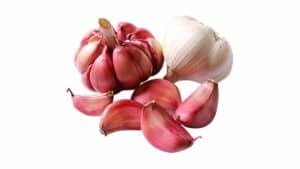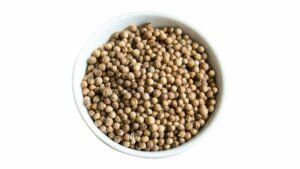Cumin is a flowering plant in the family Apiaceae also known as Roman caraway, jeera, The Scientific name is Cuminum cyminum. The major Flavor Compound is Cuminaldehyde and Cumin Key Flavors are Herby, Woody, Earthy, pungent, warm, and slightly bitter. Cumin is an annual herbaceous plant in the parsley family plant grows to 30 to 60 cm almost a to 2 feet tall. seeds collect from umbels of small white or pink mauve flowers. Seed size measures around 6mm almost 1/4 inch long. The boat-shaped, light-brown seeds will maintain their flavor for up to a year if stored in a sealed container and stored cool and dark place. Cumin is used whole or powder farm in many dishes Curries, tagines, stews, stocks, marinades, sausages, chutneys, spice pastes, breads, compotes, and stewed fruit.
Region of cultivation
Native to Turkey, southern Europe, the Caucasus, and the Middle East, nigella is now cultivated in India, the largest modern producer, and in Egypt, North Africa, and South Asia.
Pairings
Fruits and Vegetables: apples, carrots, celery, mushrooms, onions, oranges, pears, plums, potatoes, pumpkin, shallots
Proteins: almonds, beans, beef, chicken, duck, fish, game, ham, lamb, lentils, sausage.
Seasonings: allspice, anise, bay leaf, caraway, cardamom, chili peppers, cilantro, cinnamon, cloves, cumin, fennel seeds, fenugreek seeds, garlic, ginger, lemon juice and zest, lime juice, mustard, paprika, parsley, pepper, nutmeg, sesame, thyme, turmeric
Substitutions
- Cardamom
- Caraway
- Cumin
Cumin Food Partners
Root Vegetables and Eggplants: Toast and crush seeds and sprinkle over roasted beet dip, or Pureed roots.
Pulses: Use as a flavoring for lentil stews in falafel mix, and scattered over hummus.
Lamb and Beef: Add a pinch of cumin to minced lamb for a Moorish-style kebab, or to beef rendang, Mexican mole, and chili con corn.
Salt: Toast the seeds and then grind them with an equal amount of sea salt to sprinkle over roast chicken, tomato salad, avocado toast, tacos, or roast potatoes.
Yogurt: Combine cumin, yogurt, and lemon to make a salad dressing of roasted vegetables or bitter greens, such as mustard greens or kale. Add some toasted cumin and crush and add it to Yogurt and serve this raita with Fish fried.
Blendings
Cumin’s uniquely musky, earthy, almost burnt flavor comes from cuminaldehyde, a compound found in roast beef and cinnamon, but to a lesser extent in other spices. Other important compounds include pinene, which gives spices a dry, pinewood note, and cymene, which has a fresh, turpentine-like aroma.
What is another name for cumin?
Cumin is known under various names in different countries: Zeera in Urdu Jeera in Hindi; Cumino or Cumino Romano in Italian; Romai köminyi in Hungarian; komijn in Belgium and The Netherlands; Spisskummen and Spisskarve in Norwegian; Komin Rzymski in Polish; Spisskumin in Swedish; Kimyon in Turkish. Kreuzkümmel, Mutterkümmel, Weiser Kümmel, Römischer Kümmel, Welscher Kümmel, Kumin or Cumin in German; Comino in Spanish; Cumin (blanc), Cumin de Maroc, Faux Anis in French etc.
History of Cumin
Evidence of cumin in Pyramid Egypt suggests it was in use 5,000 years ago. The ancient Greeks and Romans used cumin as a spice along with salt. The Roman naturalist Pliny the Elder considered it the king of spices, and salt, mixed with cumin, is still a popular spice in modern-day Georgia and Africa.
From the 7th century AD, Arab traders carried cumin on their spice caravans to North Africa and east to Iran, India, Indonesia, and China, and it became an important ingredient in many regional spices, including Baharat (Middle East). , garam masala. and Panch Foran (India), and Ras El Hanut (Morocco). Spanish conquistadors introduced cumin to the Americas in the 16th century, particularly in Mexico, where the spice became deeply embedded in cuisine.
Health Benefits
Cumin has been used throughout history as a digestive aid, thanks to its powers in taming indigestion, gas, cramps, diarrhea, and nausea (it’s even prescribed for morning sickness). It’s also high in iron, which is great for energy and the immune system, and particularly important for people with anemia.







